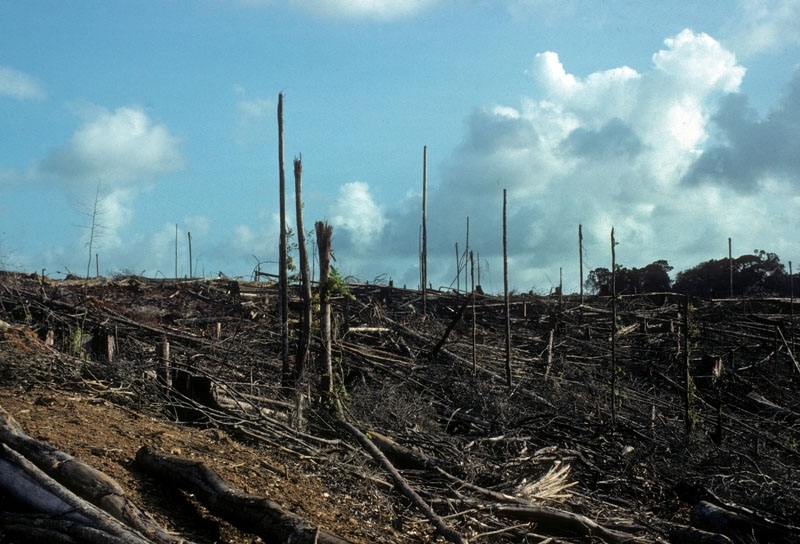Simon Black –
A typical definition of management and leadership is:
“Managing: gets the most efficient utility from people & resources;
Leadership: gets people to do things they would not otherwise do.”
IS THIS REALLY TRUE, AND IF TRUE, DOES IT MAKE IT RIGHT?
In a nutshell those previous statements on management and leadership summarise conventional wisdom accrued since 1900, first through either traditional ‘scientific management’ methods or later ‘human relations’ approaches. The latter approach, pioneered by Elton Mayo, was apparently devised to counteract the rigidity and hierarchies of the former. Unfortunately both approaches have the same defective focus – ‘doing it to people’. They are both a reflection of a command-and -control mindset which many would percieve as ‘managerialism‘.
There are two basic reasons for hiring people – to do the work and to improve the work (a tag line which I attribute to the psychologist and author John Seddon). Managerialism involves neither activity – so why do we have managers and leaders? A leader’s job is to enable workers to do those two things and provide a context for understanding that activity.
Improvement comes from understanding the system and making meaningful improvements to ensure better outcomes. ‘Doing it to people’ does not achieve this, but simply adds new layers of new ‘work’ – appraisals, briefing meetings, writing reports, filling in forms. Worse still this work assumes that for people to be effective they need to have stuff ‘done’ to them – like an inoculation for inherent bad characteristics – perhaps laziness, lack of intelligence or (potential) insubordination. This is the darker side to a manager’s mindset.
Whilst most managers and leaders do not want to be working for the ‘dark side’ and genuinely want the better for their teams, they must understand that if they follow the scientific/human relations approach the consequences of their actions are: de-motivation, a loss of dignity, a diminished sense of purpose, and reduction of productivity in their staff. In other words the effect on their team is just as if they actually had a negative attitude towards those people. In other words their staff will not like it and work will be negatively affected.
In knowledge industries, additional contributions to the total cost of this disruption is hidden, for example losses of skilled workers, high staff turnover and recruitment and so on. In conservation projects these costs can be proportionally high and the impact on project continuity and sustainability huge.
The choice is clear: managers and leaders need to find a better way…
Reading:
Hanlon G. (2015) The Dark Side of Management: A secret history of management theory, Routledge
Roscoe, P. (2015) How the takers took over from the makers. Times Higher Education, 26 November, p48
Seddon, J. (2003). Freedom from Command and Control. Buckingham: Vanguard Press.
 Carl Jones, who has led the Mauritian programmes for over 30 years, was quick to enhance his own knowledge of kestrel breeding with techniques which had previously proven successful in efforts in New Zealand and the USA. He has used a better way. Instead of imposing a command-and-control structure on his teams, he has developed a ‘system’ and more importantly, he appears to be applying systems thinking in the way that he manages the team. Every part of the system; habitats, diet, supplementary feeding, breeding facilities, nest locations, monitoring, predator eradication, bird behaviour, technical skills, equipment.
Carl Jones, who has led the Mauritian programmes for over 30 years, was quick to enhance his own knowledge of kestrel breeding with techniques which had previously proven successful in efforts in New Zealand and the USA. He has used a better way. Instead of imposing a command-and-control structure on his teams, he has developed a ‘system’ and more importantly, he appears to be applying systems thinking in the way that he manages the team. Every part of the system; habitats, diet, supplementary feeding, breeding facilities, nest locations, monitoring, predator eradication, bird behaviour, technical skills, equipment.